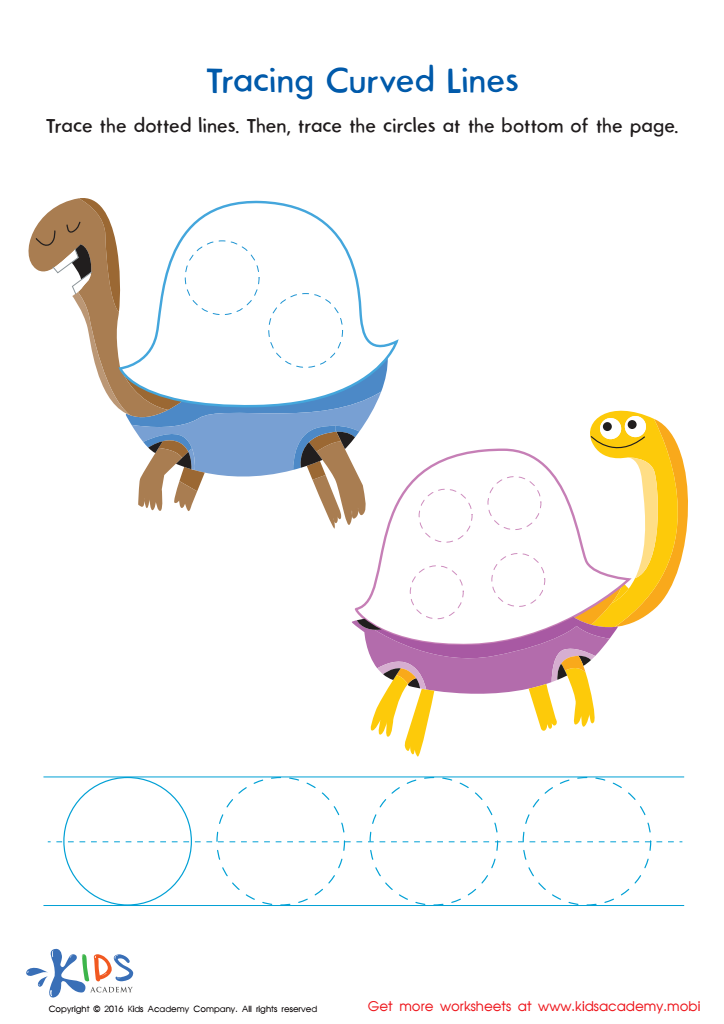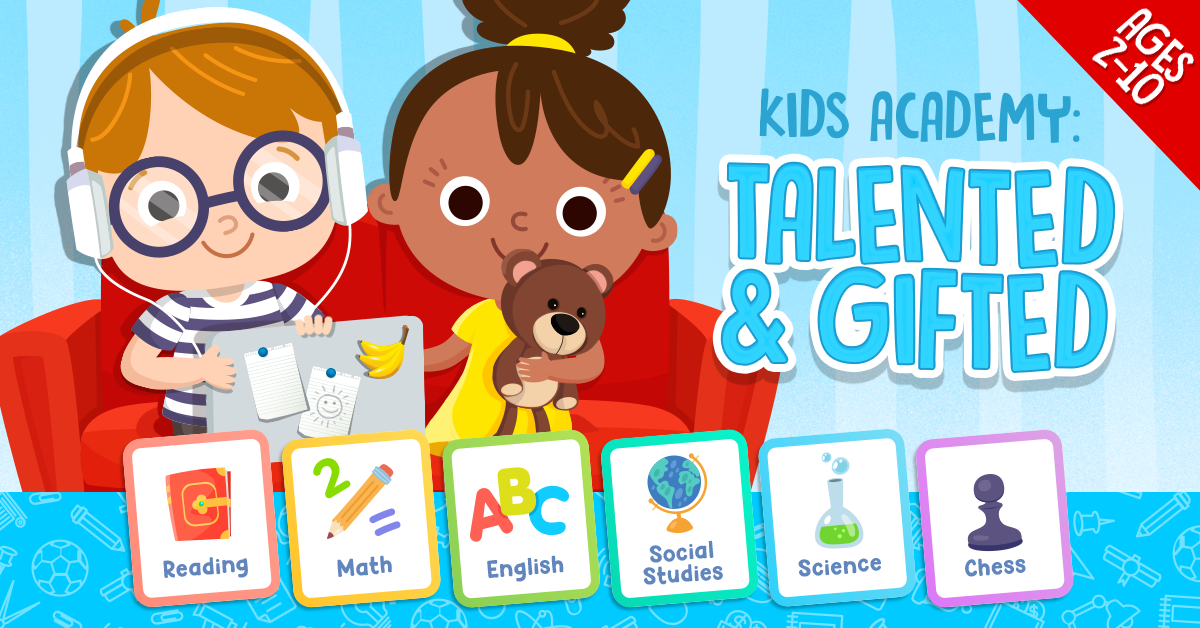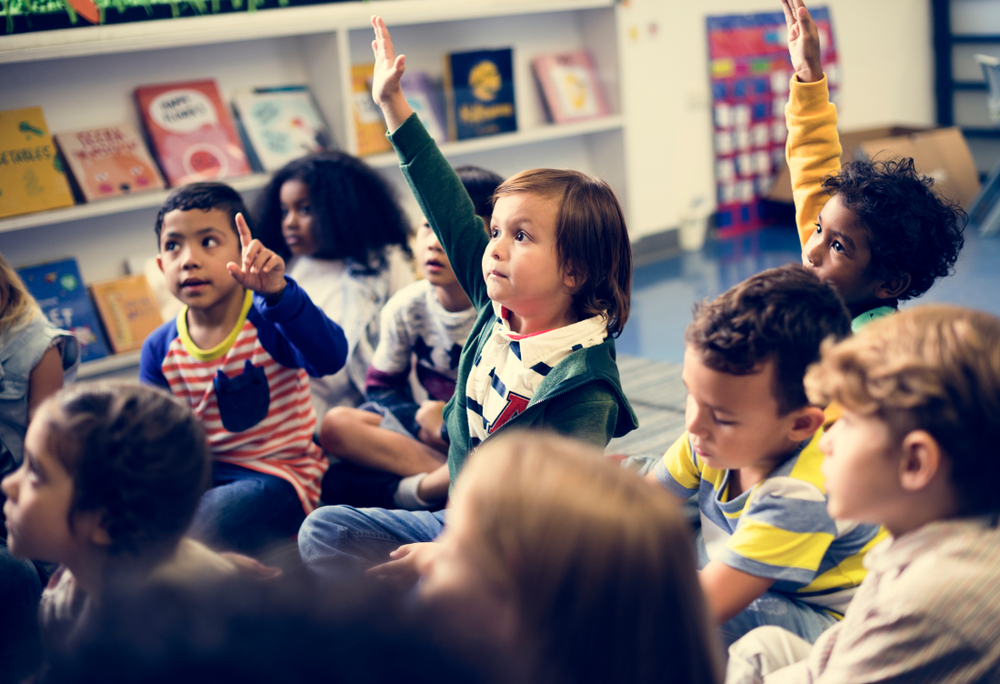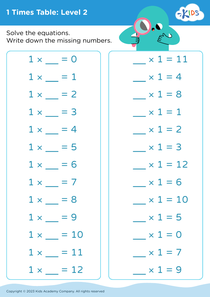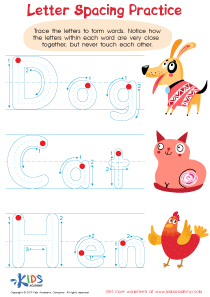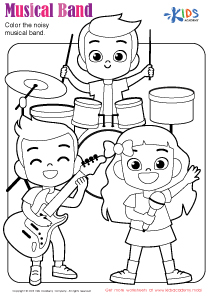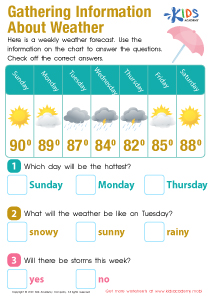Normal Tracing Lines and Curves worksheets activities
5 filtered results
-
From - To
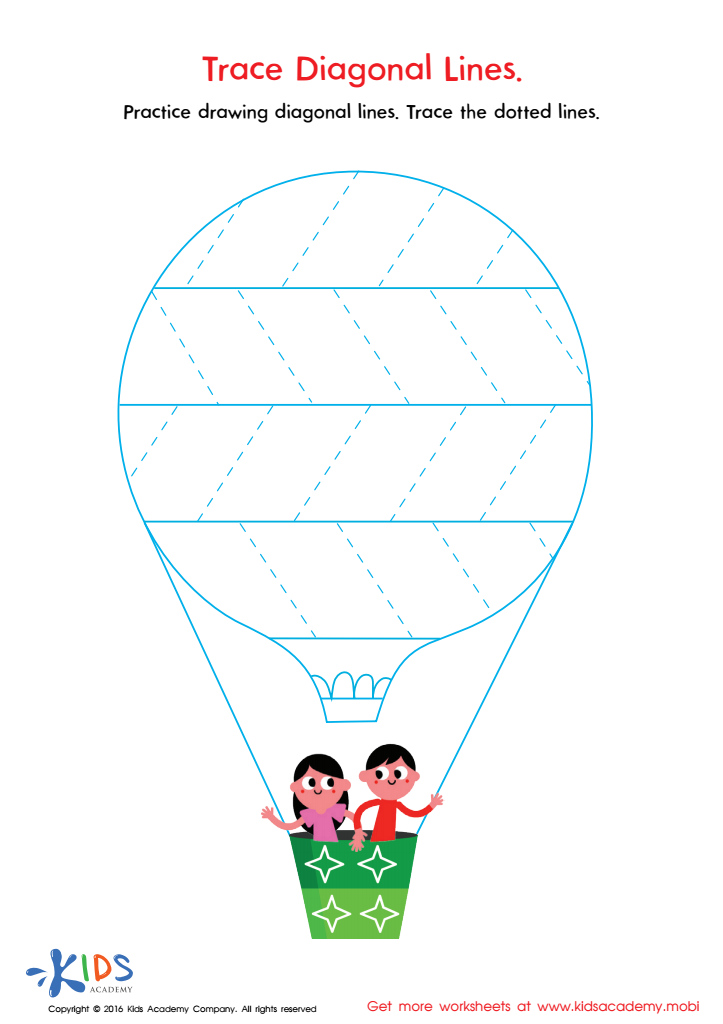

Trace Diagonal Lines Worksheet
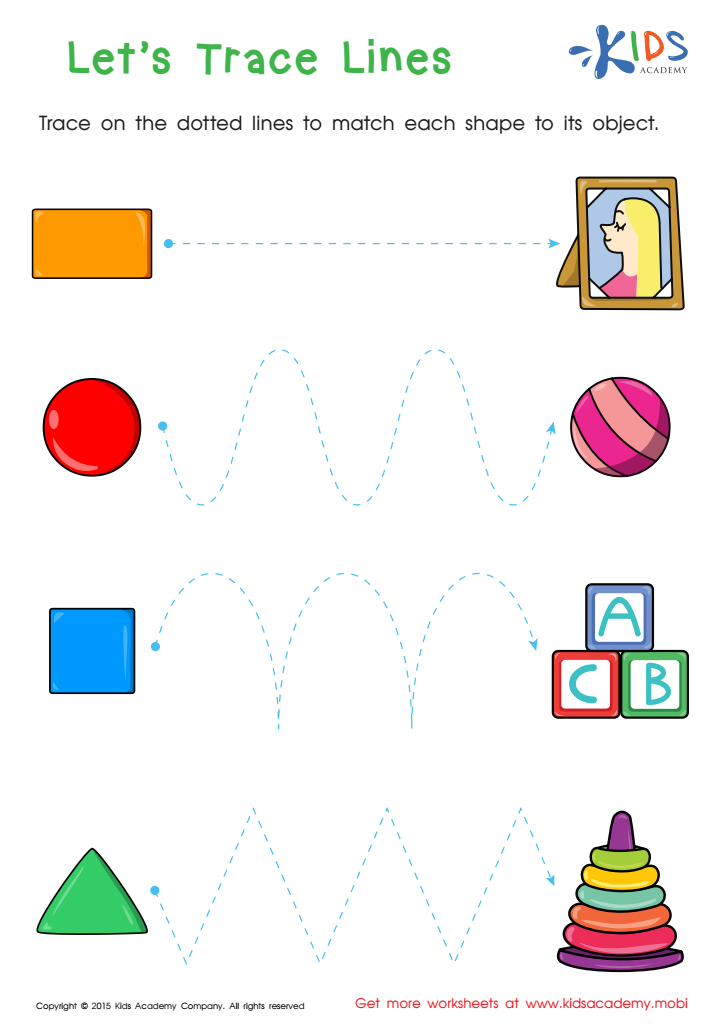

First Words: Let's Trace Lines Worksheet
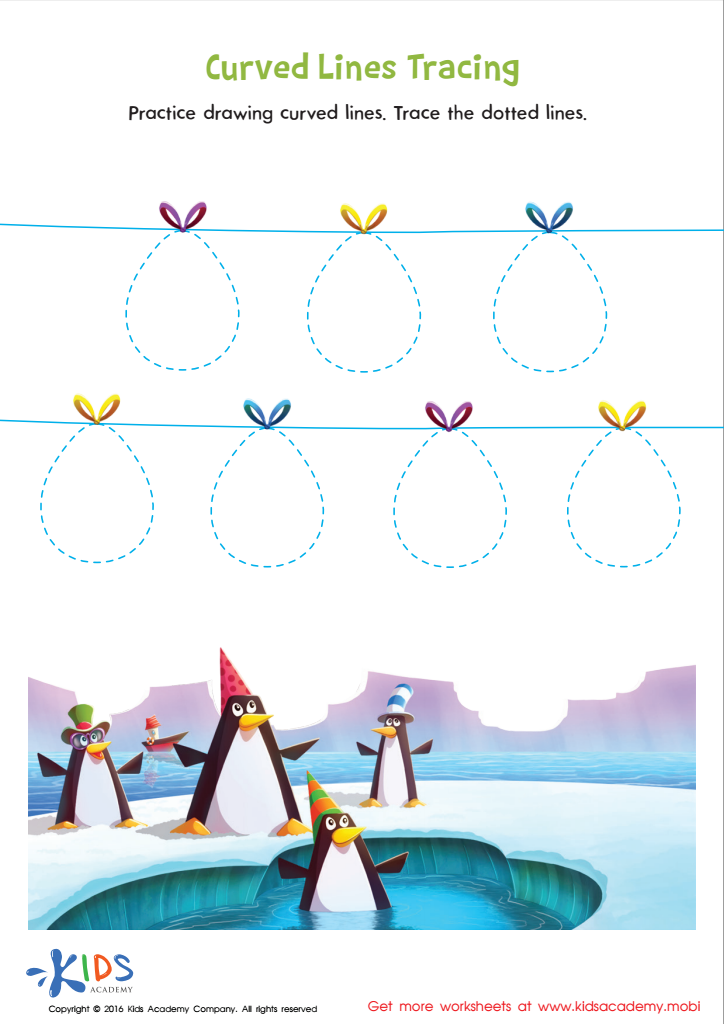

Curved Lines Tracing Worksheet
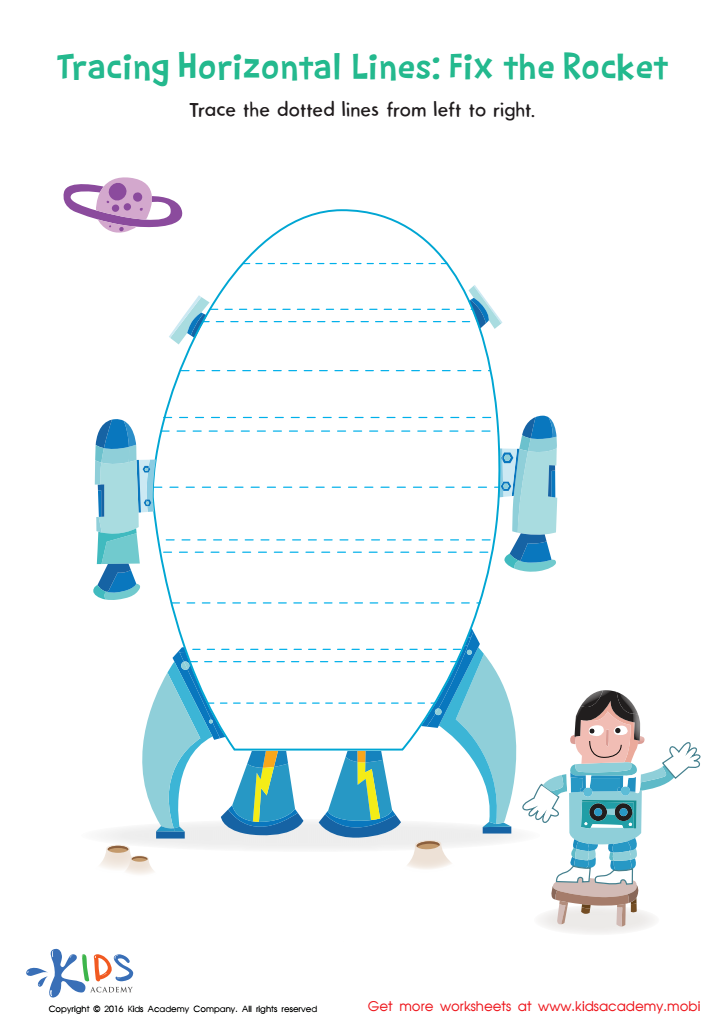

Tracing Horizontal Lines Worksheet
Normal Tracing Lines and Curves worksheets activities are a cornerstone of early childhood education, offering a multitude of benefits that are both immediate and long-lasting. These seemingly simple exercises are meticulously designed to support young learners in developing fine motor skills, enhancing hand-eye coordination, and fostering the pre-writing abilities that are crucial for academic success.
The act of tracing lines and curves on worksheets requires children to use precise movements, which in turn strengthens the small muscles in their hands and fingers. This development is essential for tasks that demand fine motor skills, such as buttoning a shirt, using scissors, or holding a pencil correctly. Therefore, engaging in Normal Tracing Lines and Curves worksheets activities is not just about learning to write; it's about mastering the foundational skills needed for independence in daily activities.
Moreover, these tracing activities are instrumental in improving hand-eye coordination. As children follow the path of the line or curve with their eyes while directing their hand to move the pencil, they learn to synchronize their vision with their physical movements. This coordination is vital not just for writing, but for sports, playing musical instruments, and other activities that require precise timing and control.
Additionally, Normal Tracing Lines and Curves worksheets activities lay the groundwork for future academic endeavors. Learning to trace lines and curves is the first step toward letter and number formation, which is essential for reading and mathematics. These tracing exercises also help children understand spatial concepts like up, down, left, and right, enhancing their cognitive development.
In conclusion, Normal Tracing Lines and Curves worksheets activities are much more than just drawing on paper. They are a carefully structured tool that supports the holistic development of young children, preparing them not only for academic challenges but for daily life tasks as well. By engaging in these activities, children gain confidence in their abilities, setting a strong foundation for lifelong learning and achievement.

 Assign to the classroom
Assign to the classroom
